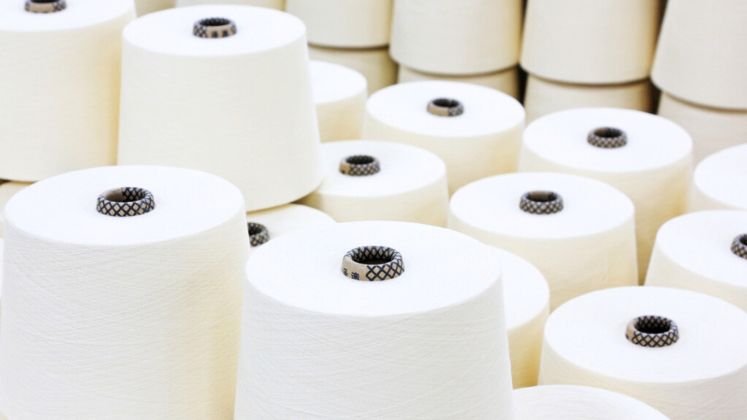
Compared to the modest 2–4 per cent increase seen last year, the cotton yarn sector in India is expected to reach a revenue rise of 7–9 per cent this fiscal year.
A recovery in export demand and steady domestic spending will be the primary drivers of this development, according to rating firm Crisil Ratings. A report the agency released on Monday, says that volume growth will be the main driver, with a minor increase in yarn prices providing support.
After improving last year, operating margins are expected to increase by 50–100 basis points (bps) this fiscal year. Consistent price gaps for cotton yarn and increased cotton availability due to purchases made by the Cotton Corporation of India (CCI) would help this.
According to the agency, this prediction is based on an analysis of 70 significant cotton yarn spinning businesses, which collectively generate 35–40 per cent of the industry’s income.
The improvement in yarn shipments to China is the primary driver of this anticipated revenue increase in FY ’26. About 30 per cent of the industry’s entire revenue comes from exports, with China accounting for 14 per cent of this total. India’s overall yarn exports fell 5–7 per cent last year as a result of China’s abnormally high cotton output, which also affected India’s yarn exports to China. This pattern is anticipated to change this year, though, as China’s cotton production stabilises and exports are forecast to increase by 9–11 per cent.
This rebound will help Indian spinners, who can capitalise on consistent domestic cotton production and regain market share, according to Gautam Shahi, Director at CRISIL Ratings. Additionally, India is still quite competitive when it comes to exporting textiles to the US, particularly now that Chinese exports are subject to higher tariffs. This will help downstream industries like ready-made clothing and home textiles expand their revenue by 6–8 per cent.
Regarding raw materials, a consistent supply will be ensured by CCI’s substantial cotton acquisition during the 2025 cotton season. After a 100–150 bps improvement last year, this will lower inventory losses and help spinners’ profitability rise by 50–100 bps.
This fiscal year, improved operating performance will assist maintain stable credit profiles, according to Pranav Shandil, Associate Director at CRISIL Ratings. It is anticipated that most spinners will continue to spend modestly on capital, reducing the requirement for additional financing. Increased availability of cotton will also lessen the requirement for large stockpiles, which will decrease the need for more working capital.
Consequently, it is anticipated that the interest coverage ratio for spinners will increase from approximately 4 to 4.5 times last year to 4.5 to 5 times. It is anticipated that gearing will remain constant at roughly 0.55–0.6 times.
But the rating agency cautions that some hazards still exist. The prognosis may be impacted by any modifications to international tariffs, increased inflation, a slowdown in economic growth in important markets like the US, or notable differences between domestic and foreign cotton prices.






